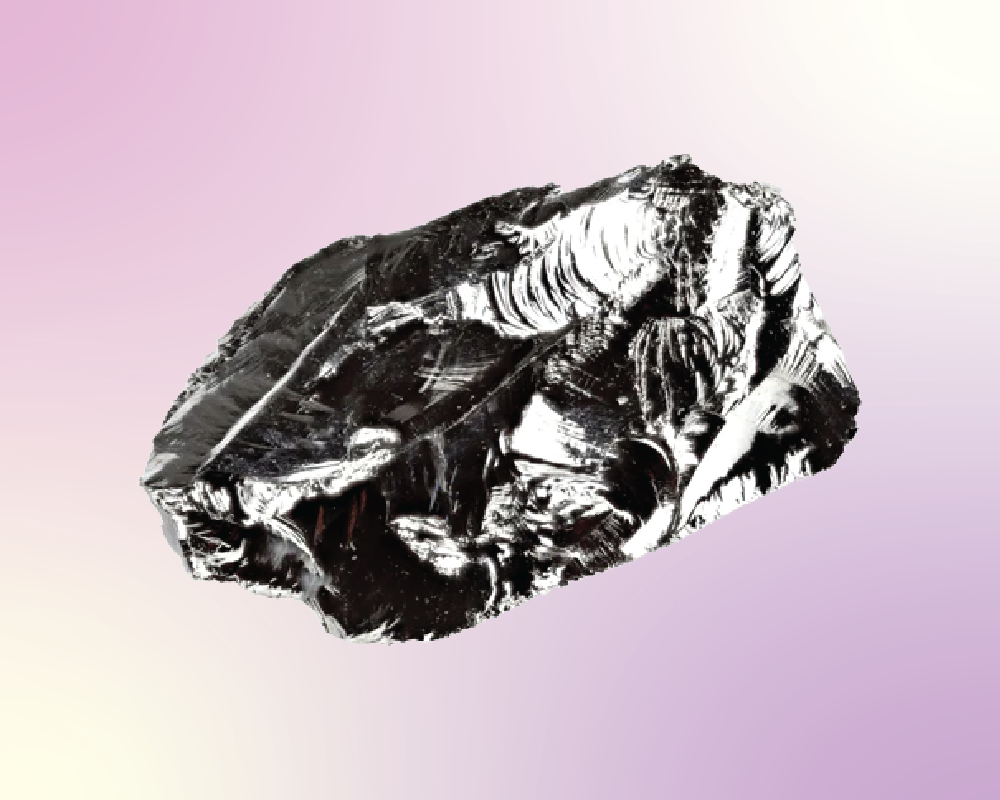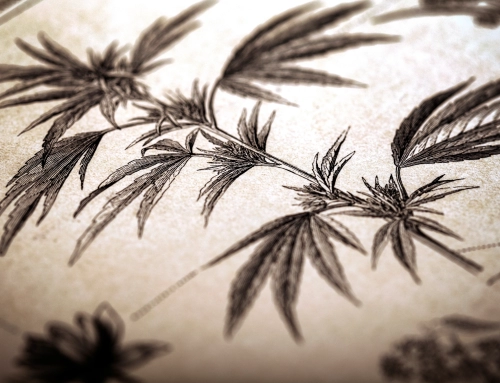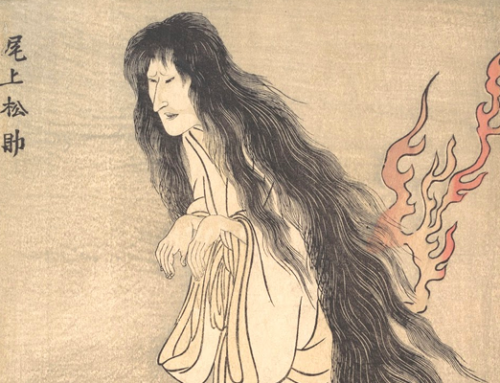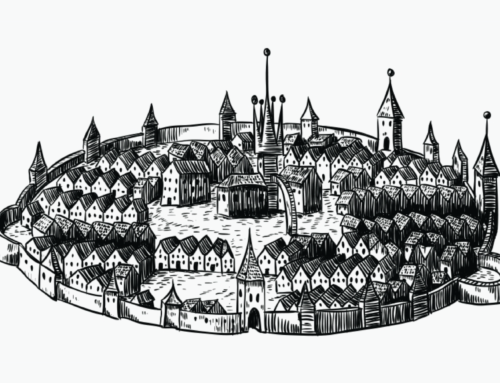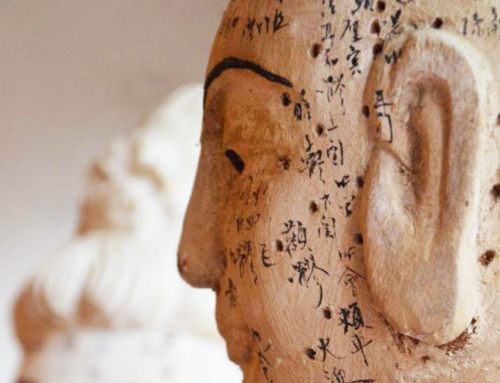Bian stone is a type of stone that holds historical and cultural significance in ancient China. It is believed to have originated in the Neolithic era, around 10,000 years ago, and was used for various purposes, including medicinal and spiritual practices. Here’s a brief history of Bian stone.
Origins and Discovery
The Bian stone was discovered in the Yangshao culture, an ancient Neolithic culture in China. It was found in the village of Hemudu in Zhejiang province, where extensive archaeological excavations took place in the 1970s. According to folklore, a meteor hit a mountainside and created a special combination of stone and minerals with enhanced healing properties.
Uses in Ancient Times
In ancient China, the Bian stone was highly regarded for its supposed healing properties. It was believed to have the ability to cure diseases, alleviate pain, and improve overall well-being. Made into pointed shapes and used for heating, massage, and what’s now known as gua sha, Bian stone was also used for puncturing which eventually led to acupuncture.
Chinese Medical Texts
The use of Bian stone is mentioned in ancient Chinese medical texts, such as the “Huangdi Neijing” (Yellow Emperor’s Inner Canon) and the “Shennong Ben Cao Jing” (Shennong’s Herbal Classic). These texts describe the stone’s healing properties and its application in Traditional Chinese Medicine.
Spiritual Significance
Bian stone was also associated with spirituality and used in religious rituals and ceremonies. It was believed to have the power to ward off evil spirits and negative energy. The stone was often carved into various shapes, including talismans and amulets.
Decline and Rediscovery
The use of Bian stone gradually declined over time, and its knowledge faded from mainstream culture. However, in recent years, there has been a renewed interest in traditional Chinese medicine and alternative therapies, leading to the rediscovery and revival of the Bian stone’s use.
Modern Applications
In modern times, Bian stone has gained popularity for its potential health benefits. It is used in massage therapy, acupuncture, and as a tool for facial rejuvenation. It is believed that the stone’s unique composition and energy properties make it effective for stimulating circulation, relieving muscle tension and pain, and promoting relaxation.
It’s important to note that while the historical significance of Bian stone is well-documented, its alleged healing properties and therapeutic applications are not necessarily supported by scientific studies.
